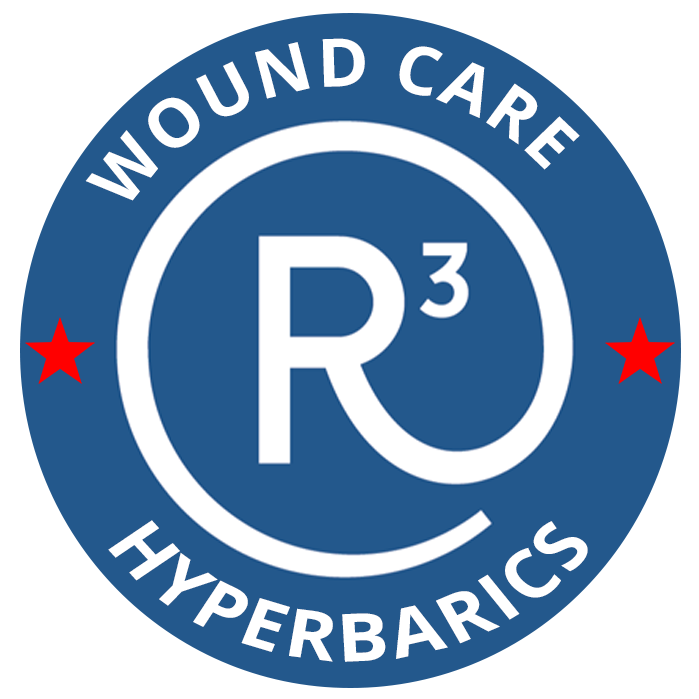Wound dehiscence can often signify a long road ahead after surgery. The good news is that there are advanced wound care treatments and specialists who can help those with a dehisced wound heal more quickly and effectively.
What is Wound Dehiscence?
Wound dehiscence happens when the two edges of a wound have failed to fit together properly. Instead, they have split apart, leaving an open wound that needs additional time and treatment to heal. While this occurs most often with surgical wounds, it can also happen with sutures. Wound dehiscence can occur on just the top layer of the wound at the skin’s surface, internally where the wound cannot be seen, or potentially both in severe cases.
Are Dehisced Wounds Painful or Dangerous?
Wound dehiscence can be painful, but more often it creates frustration and annoyance that the wound is not healing properly. Many factors can lead to wound dehiscence including:
- movement that causes stitches to open
- infection preventing the wound from healing properly
- underlying diseases that prevent the body from healing, such as cancer or diabetes.
A dehisced wound often cannot be predicted or controlled and does not indicate that the patient is doing something “wrong” when caring for the wound. In most cases, it shows the patient needs more help in order for the wound to heal fully.
Does a Dehisced Wound Need to Be Treated?
What do you do when wound dehiscence happens? First, you will want to speak to your surgeon. Your surgeon will evaluate the severity of the dehiscence and decide if you need a wound care specialist who can handle possible complications. Using advanced treatment options early can help limit any complications, such as an infection. If not addressed quickly, these complications can become severe and life-threatening if left unmanaged for an extended period.
When seeing a wound care professional, the wound will most often be cultured during the first visit to ensure there is no bacterial presence requiring antibiotic management. The wound may also be debrided, which is the process of removing cell debris to allow the wound to have the proper environment to heal. This can be accomplished through:
- the use of specific medications applied topically
- mechanically removing the debris in an office visit.
Imaging may be required to examine how deep the wound is and if a tunnel is present that may need further treatment such as packing.
Patients will most often be seen at least once a week to track progress and ensure the wound continues to heal properly.
How Hyperbaric Oxygen Therapy (HBOT) Can Help with Wound Dehiscence
Hyperbaric Oxygen Therapy can help reduce the potential complications of wound dehiscence. Hyperbaric wound care is a safe, natural, and efficient medical therapy for wounds that may need additional support to properly heal. It uses 100% oxygen to stimulate accelerated healing capabilities within the body. This therapy delivers oxygen directly into all of the body’s fluids so that it can permeate areas where circulation has become reduced or blocked, thus aiding in wound healing. When white blood cells receive enough oxygen, they can effectively kill bacteria, reduce swelling, and allow the rapid reproduction of new blood vessels. HBOT even enables cells to build new connective tissue and improve organ function.
If you are interested, wound care specialists can help you determine if you are a candidate for HBOT treatments.
There is Help for a Dehisced Wound
Overall, wound dehiscence is an unexpected, annoying barrier to moving back to normal life after surgery. It can, however, be managed with the right providers behind you to put the proper treatments in place. It may feel like a marathon, but no one should run solo. A team is there to support you every step of the way to get you across the finish line.
If you believe you have a dehisced wound, R3 Wound Care and Hyperbarics can help. Please contact us at the nearest location to you. We have 8 locations in the major metropolitan areas of Texas: Dallas-Fort Worth (Keller, Arlington, Lewisville, Flower Mound, Frisco), Houston (Pearland, Kingwood), and San Antonio (Stone Oak.)
